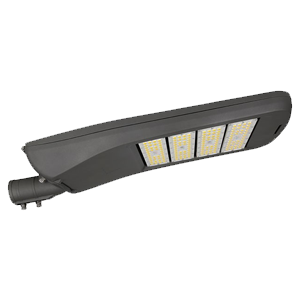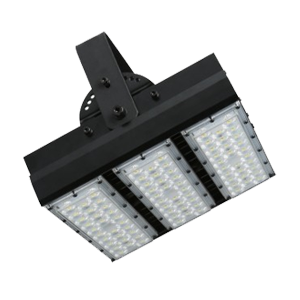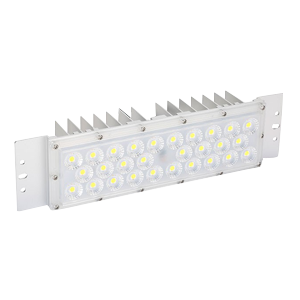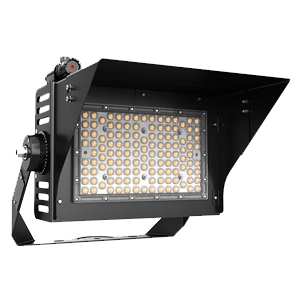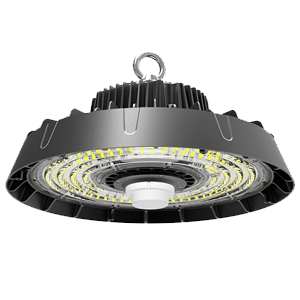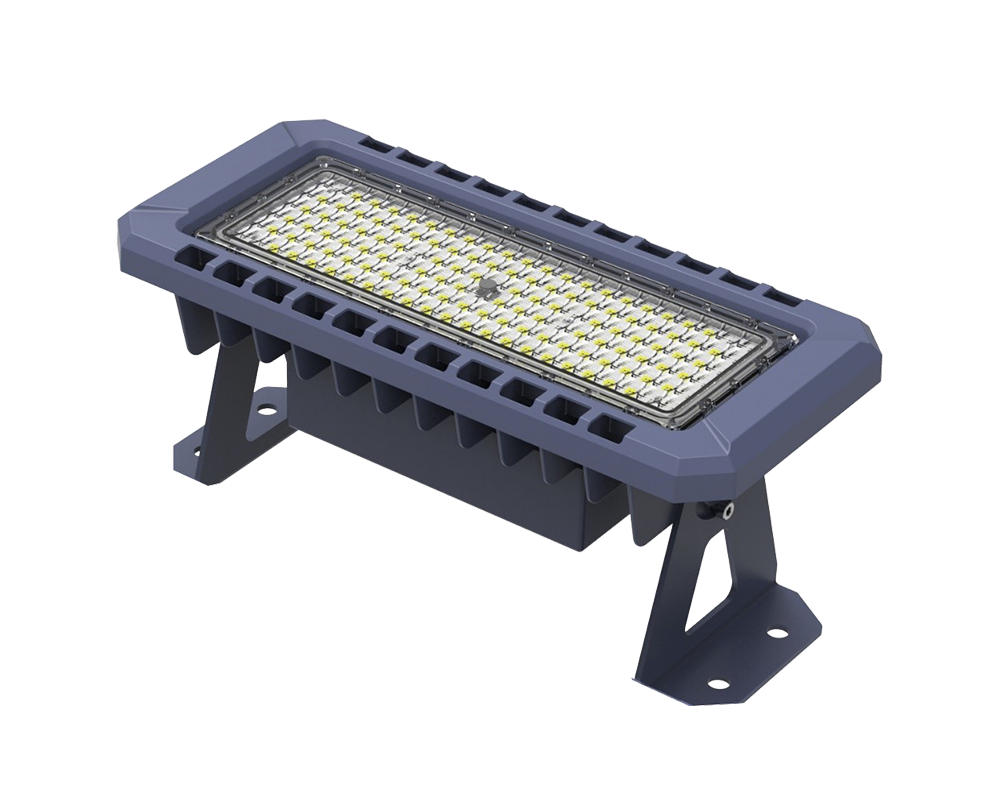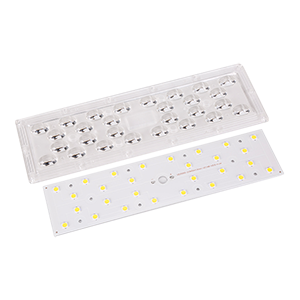【led street lamp manufacturers 】 Teach you how to design LED street light distribution
2020-07-15
Characteristics and requirements of LED street light distribution, in road lighting, if there is no LED street light source distribution, the light type illuminated on the road surface is a large circular spot, there will be some light scattered outside the road surface and not used,
In order to meet the requirements of brightness, illuminance and uniformity of the road surface, and as far as possible, most of the light is distributed on the road surface to improve the utilization of lights and reduce unnecessary waste, it is usually necessary to distribute LED street lights, LED street light output light irradiation on the road surface formed by the light type or spot rectangle is best, road lighting standard light distribution requirements
According to the requirements of the "Urban road lighting design Standard", the road lighting is divided into expressways and trunk roads, secondary trunk roads, branch roads, and the standard value of LED road lighting distribution requirements should meet the provisions.

At present, the research of LED street lights is mainly focused on the application of secondary trunk roads and branches, and the small luminous flux is the main reason why LED street lights can not be applied in the main road. The application on the backbone road still needs the research and development of LED technology.
Due to the complexity of optical design, the light distribution shape is difficult to fully conform to the functional relationship, so the projection range of θ Angle can be reduced, and the spacing of lamps can be reduced to obtain uniform illuminance. Generally speaking, it is hoped that a wide Angle "batwing" -shaped light distribution can be achieved after light distribution.
LED street light distribution scheme and analysis
The light distribution scheme of LED street lights is carried out on the basis of road lighting requirements, while taking into account glare control and environmental coefficient. For road lighting, light efficiency and light distribution curve are two important parameters, and the current LED street light distribution scheme mainly has the following basic forms.

Primary distribution of LED street lights
In the manufacturing process of power type LED, the lens process can improve the light efficiency, reduce the light output loss, and change the light output characteristics, and the lens process of LED packaging has a certain relationship with the high-power LED street lighting. Through a good packaging lens design, LED can obtain better light output characteristics.
The LED light distribution using the double-headed lens package can transform the light intensity output curve of a single LED into a "batwing" shape, so as to further realize the "batwing" shape light distribution of the overall light intensity output curve of the entire street lamp. The primary light distribution structure and light distribution curve of the double-headed lens are shown in Figure 3(a) and Figure 3(b), and the design of the lens becomes its primary light distribution core.
Secondary distribution of LED street lights
The high-power LED in the LED street lamp uses a lens or reflector to further change the output light characteristics, that is, the secondary light distribution of the LED street lamp.
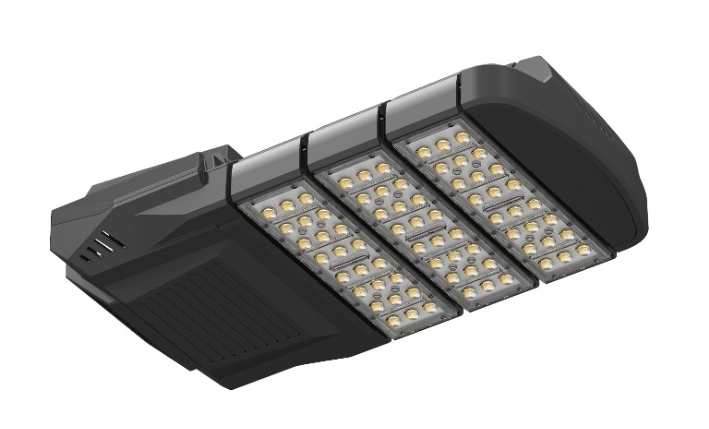
Three times of LED street light distribution
The three times of LED street light distribution is completed on the basis of the first and second light distribution of high-power LED, and is realized by superimposing and spatial arrangement of multiple leds (unit modules) to meet the requirements of average brightness, average illuminance and uniformity of road lighting. There are several ways of tertiary light distribution.
(1) Flat light distribution
LED street lights are designed with a free-form optical element (lens or reflective cup) with an asymmetric rectangular light distribution in the XY direction. Since the rectangular light distribution is completed on a single LED optical element, the entire LED street lamp only needs to arrange the LED module on the plate. Figure 7(a) shows the flat light distribution diagram of LED street lamp.
(2) arc light distribution
A plurality of leds are arranged to form an LED module, and the LED on the LED module is distributed by an axisymmetric fully reflective lens or reflective cup, and the radiation Angle width of the light distribution through the lens or reflective cup is enough to cover the width of the road. The LED module is arranged on the arc surface, as shown in Figure 7(b), and the arc surface can be adjusted to produce a nearly rectangular light pattern in the direction of the road.
(3) multi-fold surface light distribution
LED light has good directivity, in order to obtain better road light distribution, respectively design the LED projection direction of each group is responsible for irradiating their respective areas, the more simple way is to use V-shaped plane mode. In the multi-fold surface light distribution design, the high-power LED of each group in the street lamp is installed on different planes, and the light output characteristics of the street lamp and the approximate rectangular lighting effect are obtained by adjusting the relative angles of each group, which meets the requirements of the road lighting standards. Figure 7(c) Schematic diagram of multi-fold LED street lamp.
(4) reflective cup light distribution
The output characteristics of street light are obtained through the design of LED reflector. For a single LED separate design of the XY axis direction of the asymmetric reflector, this scheme is similar to the flat light distribution, the difference is the use of free-form reflector, so that the light output is close to the "batwing" shape, design multiple reflectors and arrange can also get a better road lighting effect.
LED street light distribution scheme analysis
No matter what kind of technical means or scheme is adopted, as far as LED street light distribution is concerned, its light output characteristics meet the requirements of night road lighting standards, and the technology or scheme has good use value. The above light distribution has advantages and disadvantages, as shown in Table 2. An LED street light distribution scheme often requires a combination of multiple light distribution and repeated design to meet the standards of road lighting. For example, the combination of LED primary light distribution (lens package) and the secondary light distribution of the lamp, the combination of LED secondary light distribution unit and the third light distribution of the lamp, and the secondary light distribution of the reflector of the LED street lamp.
Comparison of light distribution schemes
At present, the power type white LED is developing in the direction of single chip high power, due to the bottleneck of chip heat dissipation, the heat dissipation of single chip high power LED with multi-chip combination package is relatively difficult, and the light efficiency is relatively low.
Therefore, comprehensive consideration of packaging, heat dissipation, light efficiency, color rendering and other factors, usually choose a single LED power in 1 watt to several watts, light efficiency of 90~100lm/W products, through the multi-grain array hybrid method to achieve the overall power requirements, In terms of light distribution of LED street lights, the LED with a good primary light distribution is reasonably arranged in the same plane, and the free-form optical element (lens or reflective cup) is applied to the LED of the plane as a whole for secondary light distribution to meet the requirements of road lighting distribution.


